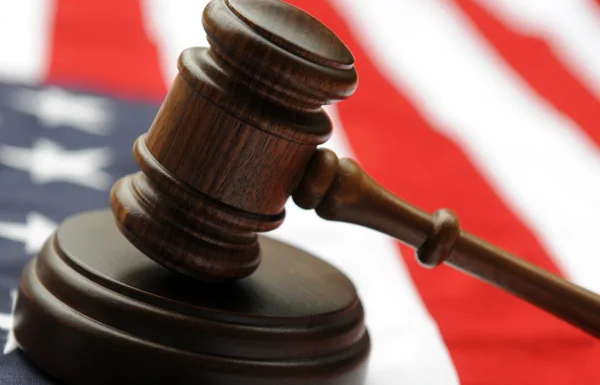
Washington, D.C. recently reached a 30‑year low in violent crime yet it’s run by the federal government. That irony is at the center of a fiery national debate over crime, politics, and power. President Donald Trump’s move to send 800 National Guard troops and take command of the city police has sparked praise, outrage, and a flood of questions about what’s actually behind homicide rates in American cities.
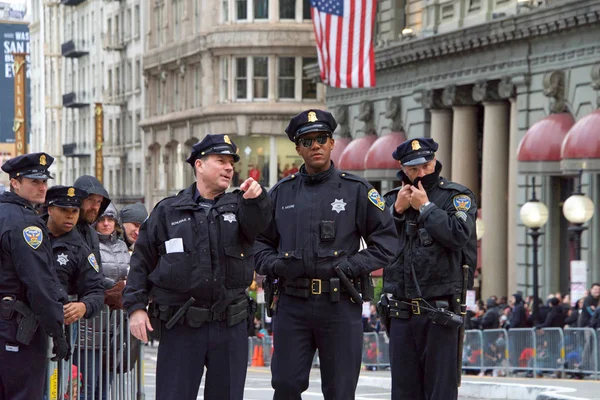
The most recent numbers present a mixed picture. Some of the cities with murder rates as high as the sky are witnessing drastic declines, while others continue to grapple. In the background, researchers are linking longer‑term trends of violence to entrenched social and economic conditions. And behind the headlines, there’s a struggle over who should police the police and how much the federal government should intervene.
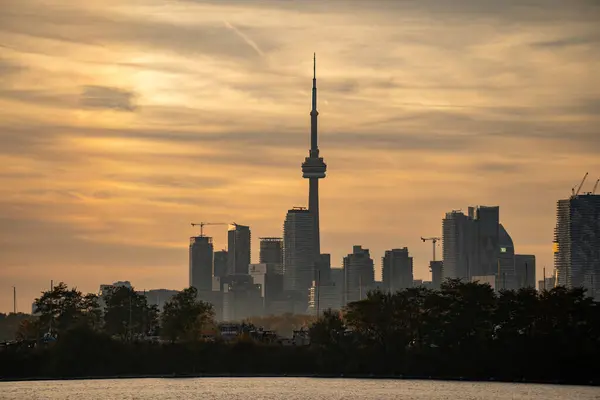
1. The Cities Leading the Homicide Count
With Freedom for All Americans’ 2024 statistics, St. Louis tops the country with a whopping 69.4 murders per 100,000 residents, then Baltimore with 51.1 and New Orleans with 40.6. Chicago, frequently targeted as an example in political debate, is tenth at 24.0. Washington, D.C., even though under consideration for a federal takeover, comes in at 19th with 17.0.
These listings don’t capture the full picture there are still gaps in the data since not all cities have published complete 2024 numbers. But they do indicate that homicide rates differ wildly city to city, frequently at odds with political mythologies surrounding them.
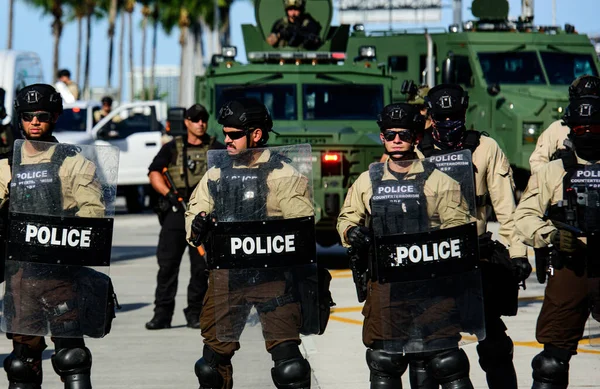
2. Federal Intervention Meets Local Pushback
Trump’s action to federalize D.C.’s police under Section 740 of the Home Rule Act is unprecedented. He created a condition of “liberation day,” arguing the city’s murder rate exceeds Latin American capitals such as Bogotá and Mexico City. Official statistics, however, indicate violent crime in D.C. fell by 26% in 2025 following a 30-year low in 2024.
Local politicians, such as Mayor Muriel Bowser and Attorney General Brian Schwalb, have condemned the move as a “dangerous abuse of power” and “unnecessary.” Civil rights groups fear it could become a precedent for others to do the same in majority‑Black cities across the country.

3. Crime Trends: A National Decline With Local Spikes
Council on Criminal Justice analysts have reported a 16% decline in homicides in 40 large cities in 2024. But the record isn’t consistent. Colorado Springs experienced a 56% increase in killings from 2023 to 2024, and cities such as Louisville and Arlington also saw increases.
Those local increases highlight that national trends can obscure very real regional disparities disparities that quite often inform political talking points and policy initiatives.
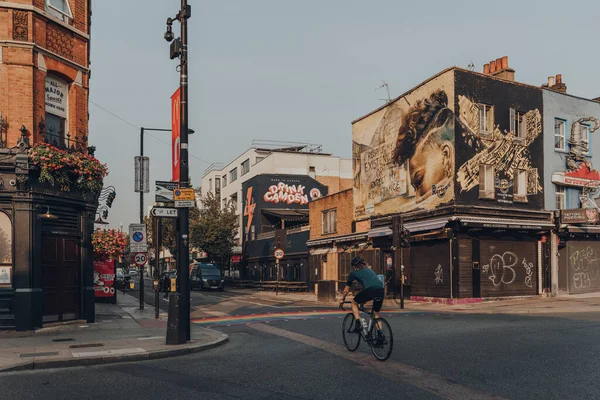
4. The Pandemic’s Prolonged Impact on Violence
The 2020 increase in homicides a near 30% rise across the country was the quickest on record. New work connects it not only to civil unrest, but to pandemic‑induced shocks: widespread school closures and unprecedented job loss in poor neighborhoods.
Cities where higher numbers of teenage boys dropped out of school and young men lost jobs experienced the most dramatic rises in murders. These interruptions persisted for several years, contributing to the understanding of why murder rates remained high up to 2022 before plummeting late in 2023 and 2024.
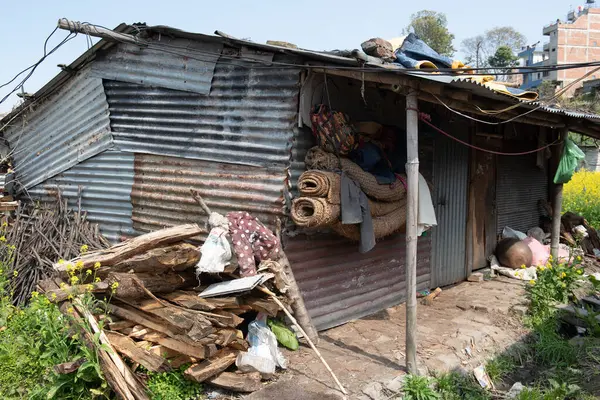
5. Poverty, Inequality, and the ‘Violence Formula’
An evolutionary social science examination of three decades’ worth of state‑level data discovered that rates of homicide are highest when poverty and income inequality combine. That is, when resources are scarce and not shared evenly, incentives for high‑risk activity such as deadly violence increase.
This reinforces longstanding sociological theories such as social disorganization, which place violence in concentrated disadvantage and weakened community cohesion. It also reconfigures homicide as a matter of structure rather than individual failure.
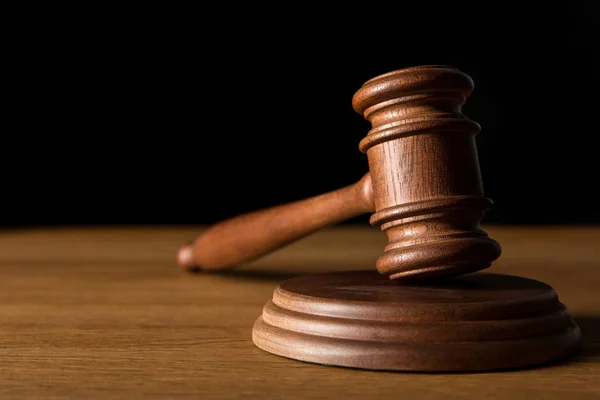
6. The Politics of ‘Law and Order’
From Nixon’s Southern Strategy to Trump’s present-day rhetoric, defining cities as “lawless” has been a political strategy for decades. Critics such as Maya Wiley of the Leadership Conference on Civil and Human Rights believe this “creates a narrative that crime is getting out of hand, even when that is not the case,” to justify dismantling reforms and increasing police powers.
Such stories frequently focus on Black-led cities or cities with majority‑nonwhite populations, generating fears of racialized policymaking.
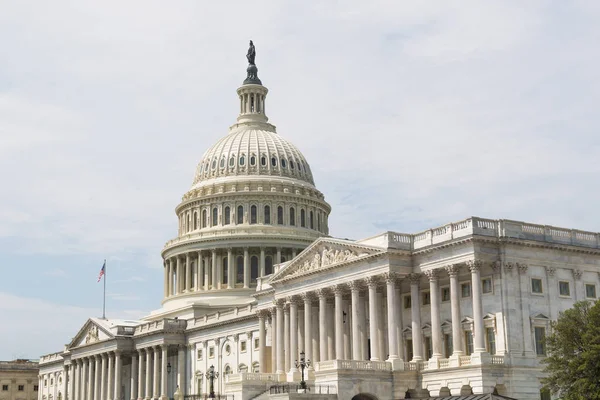
7. What Federal Policing Might Look Like
Legal experts contend the federal government possesses both the power and resources to establish national policing standards use of force, racial bias, and surveillance particularly when local agencies are found lacking capacity or will. Congress, however, has failed largely to move on this, and efforts from the executive branch have been spotty.
Experts such as Barry Friedman and Rachel Harmon posit that in the absence of unmistakable federal standards and metrics, interventions will likely be more about political expediency than public safety.
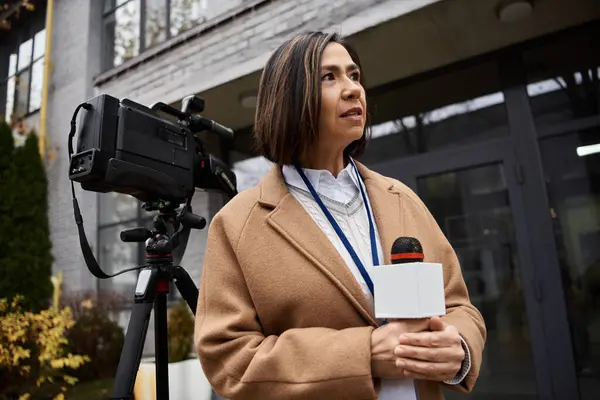
America’s homicide debate isn’t just about crime rates it’s about who controls the narrative, who holds the power, and how deeply we’re willing to address the root causes of violence. The data shows progress is possible, but only if policy moves beyond headlines toward solutions that tackle poverty, inequality, and community trust alongside enforcement.


